Home>Renovation & DIY>Home Renovation Guides>What Is A Gable On A Roof?
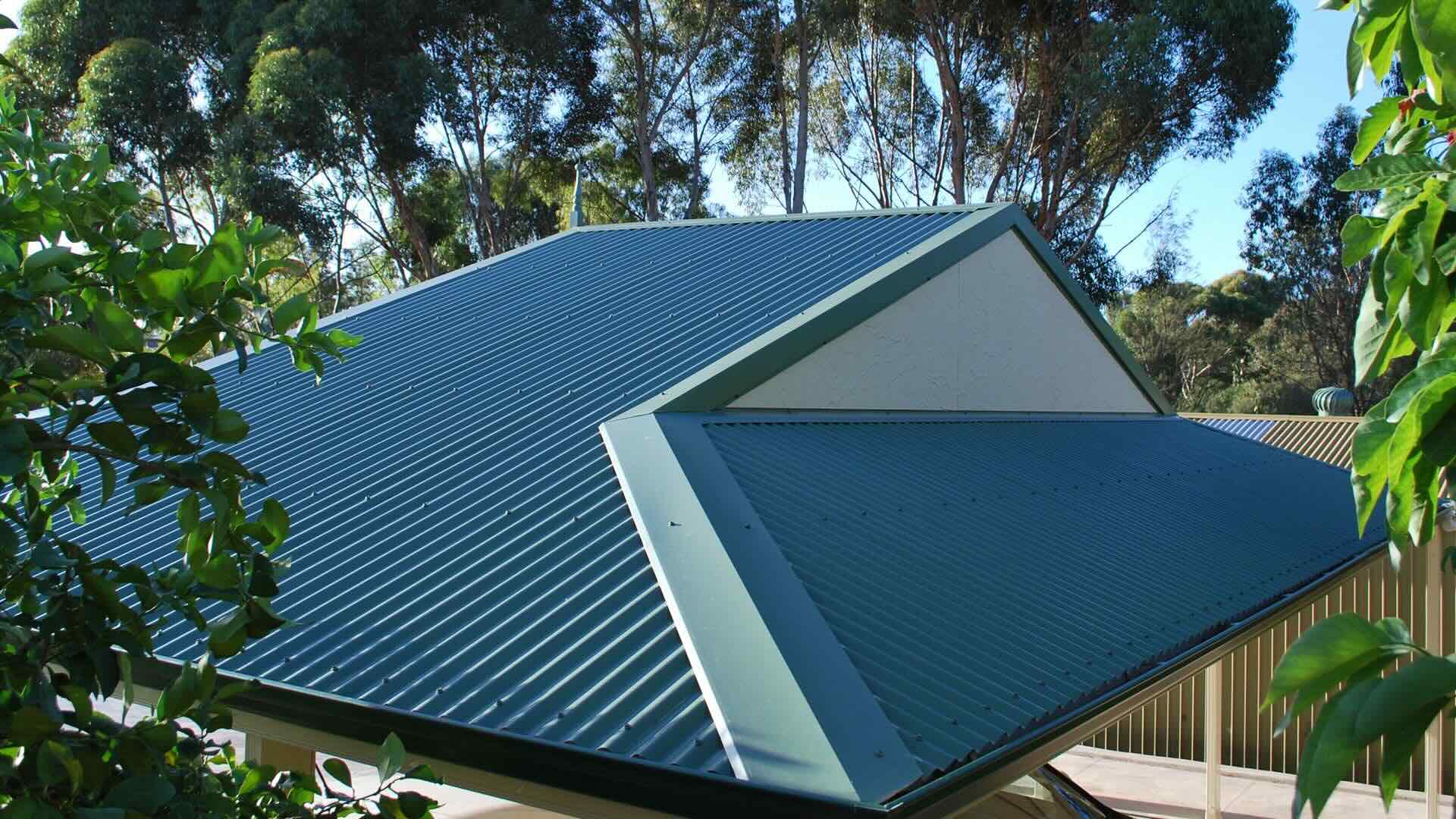

Home Renovation Guides
What Is A Gable On A Roof?
Modified: February 17, 2024
Learn about gables on roofs and how they can enhance your home renovation project with our comprehensive guide. Find expert tips and advice on home renovation gables.
(Many of the links in this article redirect to a specific reviewed product. Your purchase of these products through affiliate links helps to generate commission for Storables.com, at no extra cost. Learn more)
Introduction
When it comes to home renovation and construction, the roof plays a crucial role in both functionality and aesthetics. One of the most common and visually striking roof designs is the gable roof. Whether you're a homeowner considering a roof replacement or a DIY enthusiast exploring different architectural styles, understanding the gable roof is essential.
The gable roof is a classic and timeless choice that has been utilized in various architectural styles for centuries. Its distinctive triangular shape and steep slopes not only provide excellent water runoff and snow shedding but also contribute to the overall charm and character of a home. From cozy cottages to grand estates, gable roofs have adorned a wide range of residential structures, making them a beloved feature in the world of home design.
In this comprehensive guide, we will delve into the intricacies of gable roofs, exploring their defining characteristics, advantages, disadvantages, and common design variations. By the end of this article, you will have a deeper appreciation for the gable roof and a wealth of knowledge to inform your future home renovation endeavors. So, let's embark on a journey to unravel the beauty and functionality of the gable roof, discovering the secrets behind its enduring popularity and timeless appeal.
Key Takeaways:
- The gable roof, with its iconic triangular shape and versatile designs, offers efficient water runoff, attic ventilation, and timeless aesthetic appeal, making it a beloved choice for homeowners seeking practicality and charm in their roofing solution.
- While the gable roof exudes timeless charm and practical benefits, it’s important to consider potential challenges such as vulnerability to high winds, maintenance needs, and complex framing in intricate designs. Proactive measures and professional expertise can effectively address these considerations, ensuring the long-term performance and durability of gable roofs in diverse architectural contexts.
Read more: What Is A Gable Roof
Definition of a Gable
A gable is a fundamental architectural element that forms the upper portion of a wall or end of a building. It is easily recognizable by its triangular shape, which is created by two sloping roof sections that meet at the top, forming a ridge. This distinctive design allows for efficient water drainage and provides ample space for attic ventilation, making it a practical choice for various climates.
The gable roof is characterized by its symmetrical shape, with two equal roof slopes that meet to form a peak. This simple yet elegant structure has been a staple in residential architecture for centuries, offering both functionality and aesthetic appeal. The steep slopes of the gable roof not only facilitate the shedding of rain and snow but also create a sense of spaciousness and verticality, enhancing the visual impact of the building.
In addition to its practical advantages, the gable roof holds cultural and historical significance in architectural traditions around the world. Its prevalence in diverse regions, from European cottages to American colonial homes, reflects its adaptability and enduring appeal. The gable's versatility is further demonstrated by its integration into various architectural styles, including traditional, contemporary, and even minimalist designs.
Furthermore, the gable serves as a canvas for architectural embellishments and decorative elements, allowing homeowners and builders to personalize the visual character of a structure. From ornate gable decorations to functional additions such as dormer windows, the gable roof offers ample opportunities for creative expression while maintaining its timeless form and function.
Overall, the gable is more than just a structural component; it embodies the intersection of practicality, tradition, and design innovation. Its prominence in the built environment underscores its significance as a defining feature of architectural landscapes, enriching the visual tapestry of residential neighborhoods and evoking a sense of warmth and familiarity.
In essence, the gable represents the marriage of form and function, blending utilitarian efficiency with aesthetic allure to create a roof design that stands the test of time. Its enduring presence in architectural history and contemporary construction underscores its status as a cornerstone of residential design, shaping the skyline and leaving an indelible mark on the built environment.
Characteristics of a Gable Roof
A gable roof is distinguished by several key characteristics that contribute to its timeless appeal and practical functionality. Understanding these defining features is essential for homeowners, architects, and construction professionals alike. Let's explore the notable characteristics of a gable roof:
-
Triangular Shape: The most prominent feature of a gable roof is its triangular shape, formed by two sloping roof sections that meet at the top, creating a distinct peak or ridge. This triangular configuration not only adds visual interest to the roofline but also facilitates efficient water runoff and snow shedding.
-
Symmetry: Gable roofs are inherently symmetrical, with two equal roof slopes that meet at the ridge. This balanced and harmonious design imparts a sense of stability and proportion to the overall structure, making it visually appealing from all angles.
-
Versatility: Gable roofs are versatile and can be adapted to various architectural styles and building types. Whether adorning a quaint cottage, a modern farmhouse, or a colonial revival home, the gable roof seamlessly integrates into diverse design aesthetics, showcasing its adaptability.
-
Attic Space: The steep slopes of a gable roof create ample attic space, providing an opportunity for storage, insulation, or potential conversion into livable space. This additional overhead room adds practical value to the home and enhances its livability.
-
Ventilation: Gable roofs offer excellent ventilation, as the triangular shape allows hot air to rise and escape through vents located near the peak. This natural airflow helps regulate the temperature in the attic, reducing the risk of moisture buildup and promoting energy efficiency.
-
Aesthetic Appeal: The clean lines and classic silhouette of a gable roof contribute to its timeless aesthetic appeal. Whether adorned with decorative gable trim, dormer windows, or gable-end vents, this roof style lends itself to architectural embellishments that enhance the overall charm of a home.
-
Adaptability to Different Climates: Gable roofs are well-suited to a variety of climates, from rainy regions to snowy areas. The steep pitch allows rainwater and snow to quickly shed off the roof, minimizing the risk of water infiltration and snow accumulation.
-
Ease of Construction: The simple design of a gable roof makes it relatively straightforward to construct, reducing labor and material costs compared to more complex roof styles. This ease of construction contributes to the widespread popularity of gable roofs in residential building projects.
In summary, the characteristics of a gable roof encompass its iconic triangular shape, symmetrical appeal, versatility, practicality, and aesthetic flexibility. These attributes collectively define the enduring allure and functional benefits of gable roofs, making them a favored choice for homeowners seeking a timeless and efficient roofing solution.
Advantages of a Gable Roof
The gable roof stands as a testament to practicality, aesthetic appeal, and functional efficiency, offering a myriad of advantages that have solidified its status as a beloved roofing option for homeowners and builders. Let's delve into the compelling advantages of a gable roof, shedding light on the reasons behind its enduring popularity and widespread use.
-
Excellent Water Runoff: One of the primary advantages of a gable roof lies in its ability to efficiently shed water. The steep slopes of the roof encourage swift runoff, minimizing the risk of water pooling and potential leaks. This characteristic is particularly beneficial in regions prone to heavy rainfall, as it helps safeguard the structural integrity of the home and prevents water-related damage.
-
Snow Shedding: In snowy climates, the steep pitch of a gable roof facilitates the rapid shedding of snow, reducing the weight load on the roof and minimizing the risk of structural stress. This natural snow shedding capability contributes to the longevity of the roof and alleviates concerns related to snow accumulation and ice dam formation.
-
Attic Ventilation: Gable roofs provide excellent attic ventilation, allowing hot air to rise and escape through vents located near the peak. This natural airflow helps regulate the temperature in the attic, preventing moisture buildup and reducing the strain on HVAC systems. Proper attic ventilation also contributes to energy efficiency and helps prolong the lifespan of roofing materials.
-
Aesthetic Versatility: From a design perspective, gable roofs offer unparalleled aesthetic versatility. Their clean lines, symmetrical form, and spacious attic area provide ample opportunities for architectural embellishments and personalization. Whether adorned with decorative gable trim, charming dormer windows, or gable-end vents, the gable roof serves as a canvas for creative expression, enhancing the visual appeal of the home.
-
Adaptability to Various Architectural Styles: Gable roofs seamlessly integrate into a wide range of architectural styles, from traditional to contemporary, making them a versatile choice for diverse home designs. Whether gracing a historic colonial home, a cozy cottage, or a modern farmhouse, the gable roof complements the architectural character of the structure, adding to its timeless charm.
-
Cost-Effective Construction: The straightforward design of a gable roof contributes to cost-effective construction, as it requires less labor and materials compared to more complex roof styles. This cost efficiency makes gable roofs an attractive option for homeowners seeking a durable and visually appealing roofing solution without breaking the budget.
In essence, the advantages of a gable roof encompass its ability to efficiently manage water runoff, snow shedding, and attic ventilation, while offering aesthetic flexibility and cost-effective construction. These compelling benefits underscore the enduring appeal of gable roofs, making them a top choice for homeowners seeking a harmonious blend of functionality and timeless design.
Disadvantages of a Gable Roof
While the gable roof boasts numerous advantages, it is important to acknowledge its potential drawbacks, which can influence the decision-making process for homeowners and builders. Understanding the disadvantages of a gable roof is essential for making informed choices regarding roofing options and addressing potential challenges associated with this popular architectural style.
-
Vulnerability to High Winds: One notable disadvantage of a gable roof is its susceptibility to damage from high winds. The broad, flat surface of the gable end can create uplift forces during severe storms, potentially leading to roof uplift or even structural failure. In regions prone to hurricanes, tornadoes, or strong gusts, additional reinforcement and bracing may be necessary to mitigate this risk.
-
Limited Attic Space: While the steep slopes of a gable roof create ample attic space, the lower edges of the roof may limit the usable area within the attic. This can pose challenges for homeowners seeking expansive attic storage or considering attic conversion for additional living space. The reduced headroom near the eaves may necessitate strategic planning to maximize the functionality of the attic area.
-
Maintenance of Gable Ends: The gable ends of the roof, where the triangular sections meet the walls, require regular maintenance to prevent water infiltration and structural deterioration. Proper flashing, sealing, and periodic inspections are essential to safeguard against potential leaks and ensure the long-term integrity of the gable ends. Neglecting maintenance in these areas can lead to moisture-related issues and compromise the overall performance of the roof.
-
Vulnerability to Gable-End Leaks: Gable roofs are susceptible to gable-end leaks, especially in regions with heavy rainfall or driving winds. The junction between the gable end and the adjacent walls can be prone to water penetration if not adequately sealed and protected. Proper flashing, siding installation, and proactive maintenance are crucial for preventing gable-end leaks and preserving the interior comfort and structural soundness of the home.
-
Challenges with Ventilation: While gable roofs offer excellent attic ventilation, achieving balanced airflow and temperature control throughout the attic space can be challenging. Inconsistencies in ventilation may lead to moisture accumulation, heat buildup, or uneven energy distribution within the home. Proper design and installation of vents, soffits, and insulation are essential to optimize attic ventilation and mitigate potential issues.
-
Complex Roof Framing: The construction of gable roofs with multiple intersecting gables or complex rooflines can pose challenges in terms of framing and structural integrity. Achieving proper support, load distribution, and alignment of intersecting roof sections requires meticulous planning and skilled craftsmanship. Complex roof framing may also increase construction costs and necessitate the expertise of experienced professionals.
In summary, while the gable roof offers numerous benefits, including efficient water runoff, aesthetic appeal, and attic ventilation, it is important to consider its potential disadvantages. Addressing these challenges through proactive maintenance, strategic design considerations, and professional expertise can help mitigate the drawbacks and ensure the long-term performance and durability of gable roofs in diverse architectural contexts.
Read more: What Is A Reverse Gable Roof?
Common Designs and Styles of Gable Roofs
Gable roofs, with their timeless appeal and versatile design, lend themselves to a variety of common and distinctive styles that have graced residential architecture throughout history. From traditional interpretations to modern adaptations, the diverse array of gable roof designs reflects the rich tapestry of architectural heritage and contemporary innovation. Let's explore some of the common designs and styles of gable roofs that have left an indelible mark on the built environment.
Classic Gable Roof
The classic gable roof, also known as a standard gable or pitched gable, embodies the quintessential triangular form that defines this iconic roof style. With two equal slopes meeting at a central ridge, the classic gable roof exudes timeless simplicity and understated elegance. This traditional design is often featured in colonial, Victorian, and craftsman-style homes, evoking a sense of heritage and architectural charm.
Cross Gable Roof
The cross gable roof represents a captivating variation of the standard gable, featuring multiple intersecting gables that create distinct sections within the roofline. This design is commonly employed in larger homes, cottages, and bungalows, where it adds visual interest and architectural complexity. The intersecting gables can delineate separate wings of the house or accentuate specific living areas, contributing to a dynamic and engaging roof profile.
Dutch Gable Roof
The Dutch gable roof, also known as a gablet roof, combines the elements of a gable and a hip roof, resulting in a unique and visually striking hybrid design. Characterized by a gable with a small hip at its peak, the Dutch gable roof offers a seamless blend of triangular and trapezoidal shapes, creating a distinctive silhouette. This style is often found in European and colonial-inspired architecture, adding a touch of Old-World charm and architectural allure to the home.
Front Gable Roof
The front gable roof, as the name suggests, positions the gable end at the front of the house, creating a prominent and inviting entryway. This design is frequently seen in traditional cottages, farmhouse-style residences, and colonial homes, where the front-facing gable serves as a focal point, accentuating the architectural character of the facade. The front gable roof exudes a welcoming and picturesque quality, enhancing the curb appeal of the home.
Side Gable Roof
The side gable roof, also referred to as a gablet roof, features a single gable end positioned along the side of the house, imparting a sense of architectural symmetry and balance. This design is prevalent in ranch-style homes, bungalows, and modernist dwellings, where the clean lines and uncluttered form of the side gable roof contribute to a streamlined and contemporary aesthetic. The side gable roof exemplifies simplicity and modernity while retaining the inherent charm of the gable style.
Steep Gable Roof
The steep gable roof, characterized by a pronounced pitch and soaring slopes, exudes a dramatic and commanding presence. This design is often employed in chalets, alpine lodges, and rustic retreats, where the steep roofline not only facilitates efficient snow shedding but also imparts a sense of grandeur and verticality. The steep gable roof captures the essence of mountainous landscapes and evokes a cozy, alpine ambiance, making it a favored choice for homes in scenic and rugged settings.
In essence, the common designs and styles of gable roofs encompass a rich tapestry of architectural expressions, from classic interpretations to innovative hybrids. Each style reflects the unique character of different architectural periods, regional influences, and design preferences, contributing to the diverse and captivating world of gable roof architecture. Whether evoking a sense of tradition, embracing modern sensibilities, or blending historical elements with contemporary flair, gable roofs continue to inspire and enrich the residential landscape with their enduring beauty and functional versatility.
Conclusion
In conclusion, the gable roof stands as a timeless icon in the realm of residential architecture, embodying a harmonious blend of practical functionality, aesthetic allure, and cultural significance. From its distinctive triangular shape to its versatile design variations, the gable roof has left an indelible mark on the built environment, gracing homes with its enduring charm and enduring appeal.
Throughout history, the gable roof has served as a symbol of shelter, tradition, and architectural craftsmanship, adorning a myriad of residential structures with its iconic silhouette and efficient water shedding capabilities. Its prevalence in diverse architectural styles, from colonial revival to modernist interpretations, underscores its adaptability and enduring relevance in the ever-evolving landscape of home design.
The advantages of a gable roof, including efficient water runoff, snow shedding, attic ventilation, and aesthetic flexibility, position it as a favored choice for homeowners seeking a roofing solution that seamlessly integrates practicality with timeless design. Furthermore, the diverse array of gable roof styles, such as the classic gable, cross gable, Dutch gable, front gable, side gable, and steep gable, reflects the rich tapestry of architectural heritage and contemporary innovation, offering homeowners a wealth of options to express their unique design preferences.
While the gable roof presents certain challenges, such as vulnerability to high winds, maintenance of gable ends, and complex roof framing in intricate designs, proactive measures and professional expertise can effectively address these considerations, ensuring the long-term performance and durability of gable roofs in diverse architectural contexts.
In essence, the gable roof transcends its utilitarian function, serving as a canvas for architectural expression, cultural resonance, and enduring beauty. Its timeless silhouette graces neighborhoods with a sense of familiarity and warmth, evoking a connection to architectural traditions while embracing the spirit of innovation and personalization.
As homeowners embark on the journey of home renovation or construction, the gable roof stands as a steadfast companion, offering a blend of practical advantages, aesthetic versatility, and historical resonance. Whether nestled in a suburban enclave, overlooking a scenic landscape, or nestled in an urban setting, the gable roof continues to captivate the imagination and inspire a sense of homecoming, enriching the residential fabric with its enduring presence and timeless allure.
Frequently Asked Questions about What Is A Gable On A Roof?
Was this page helpful?
At Storables.com, we guarantee accurate and reliable information. Our content, validated by Expert Board Contributors, is crafted following stringent Editorial Policies. We're committed to providing you with well-researched, expert-backed insights for all your informational needs.
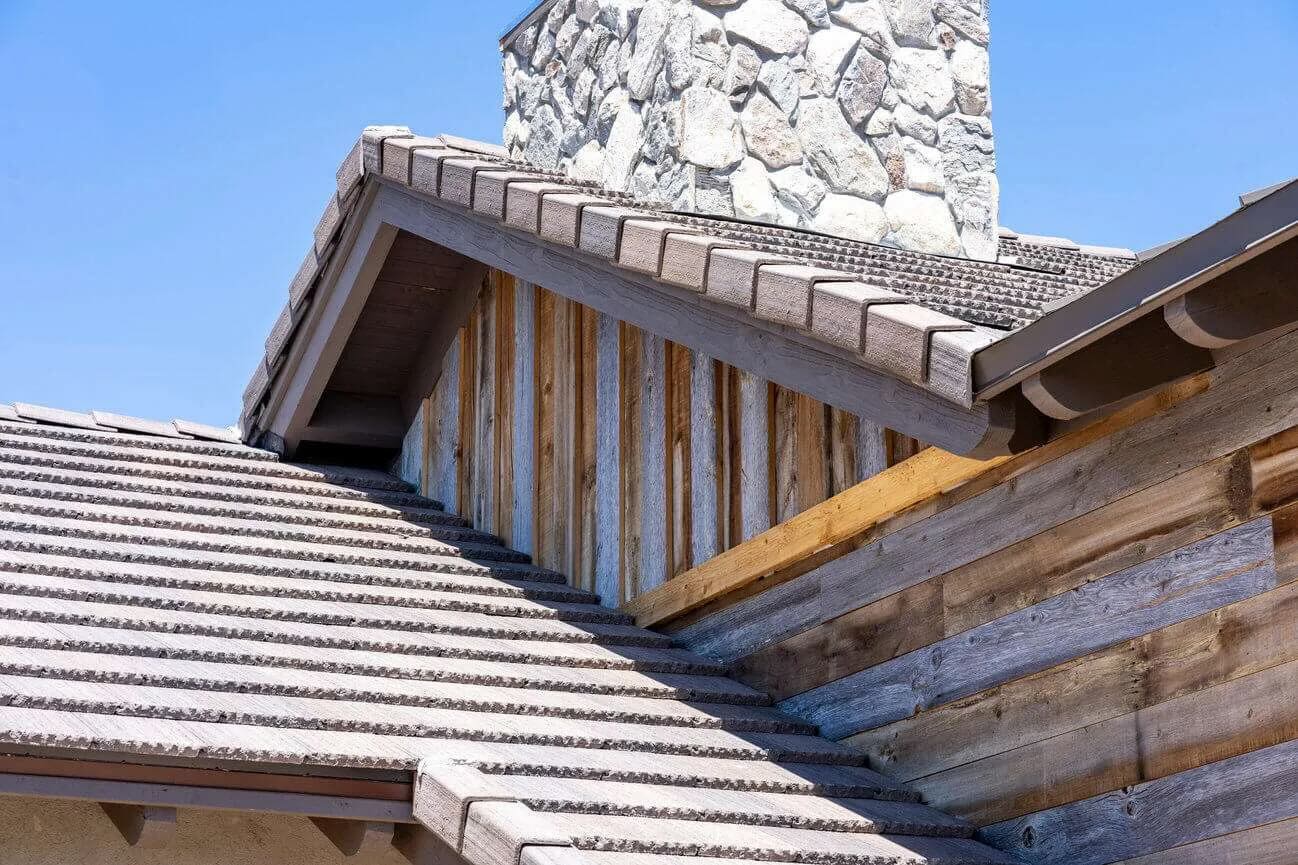
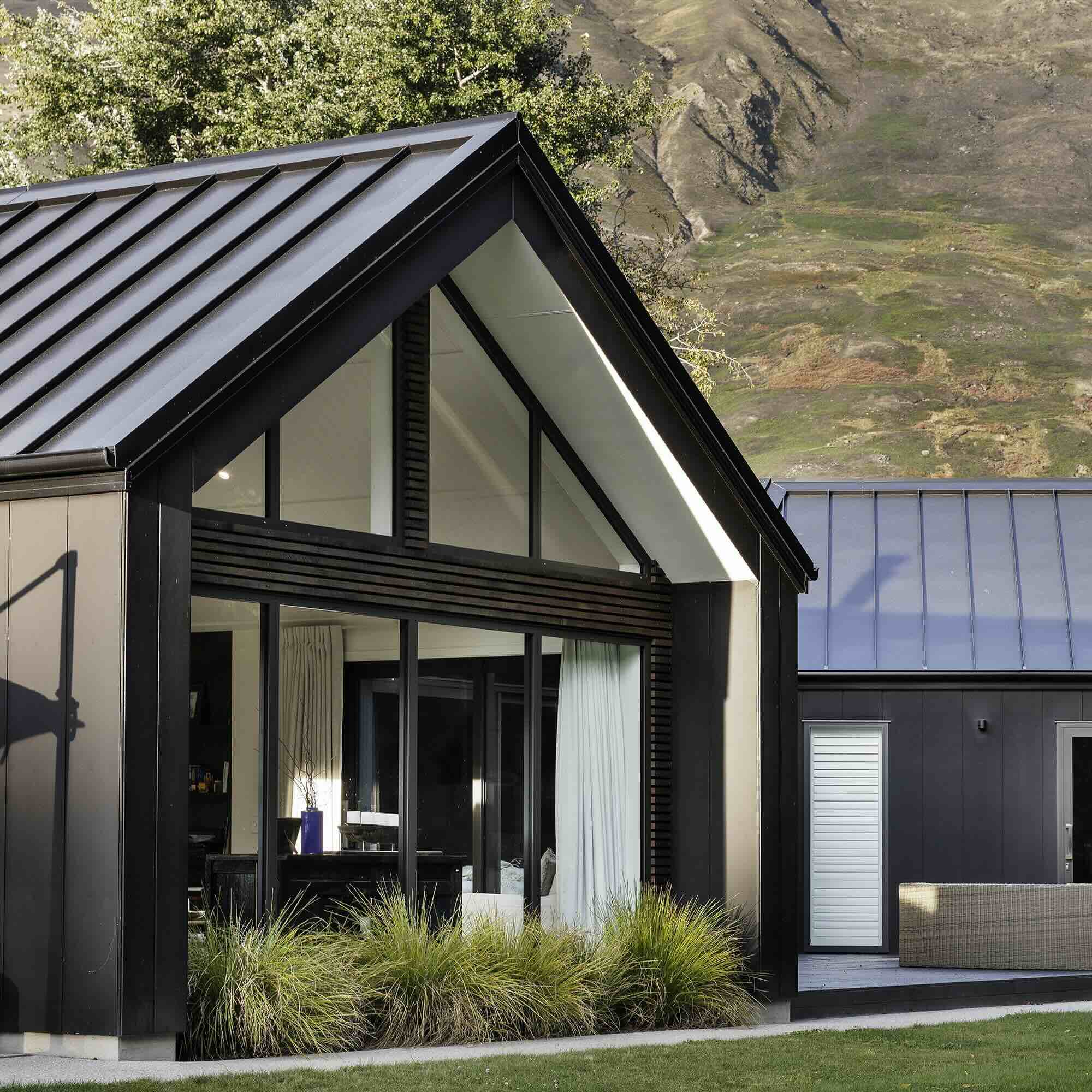
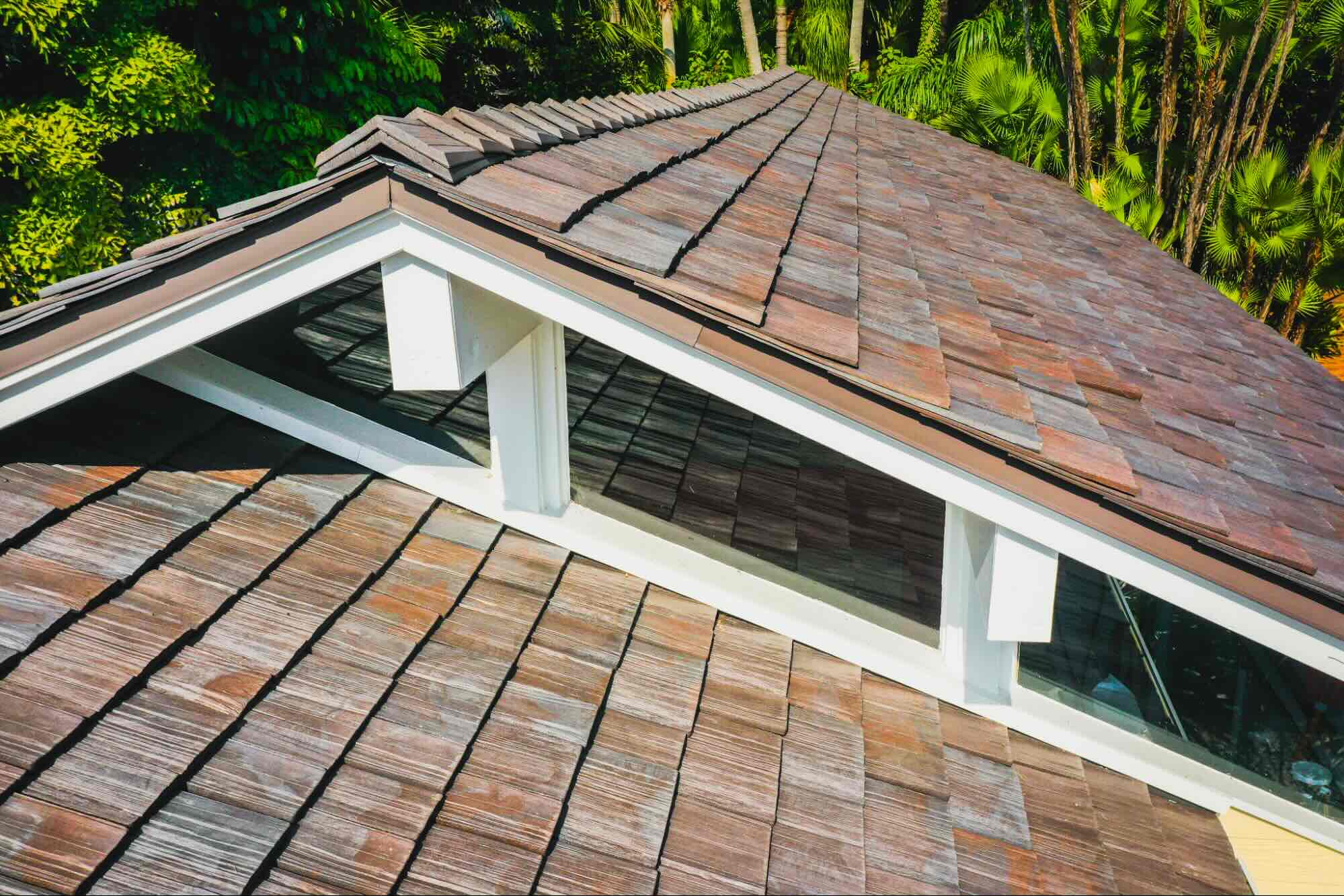
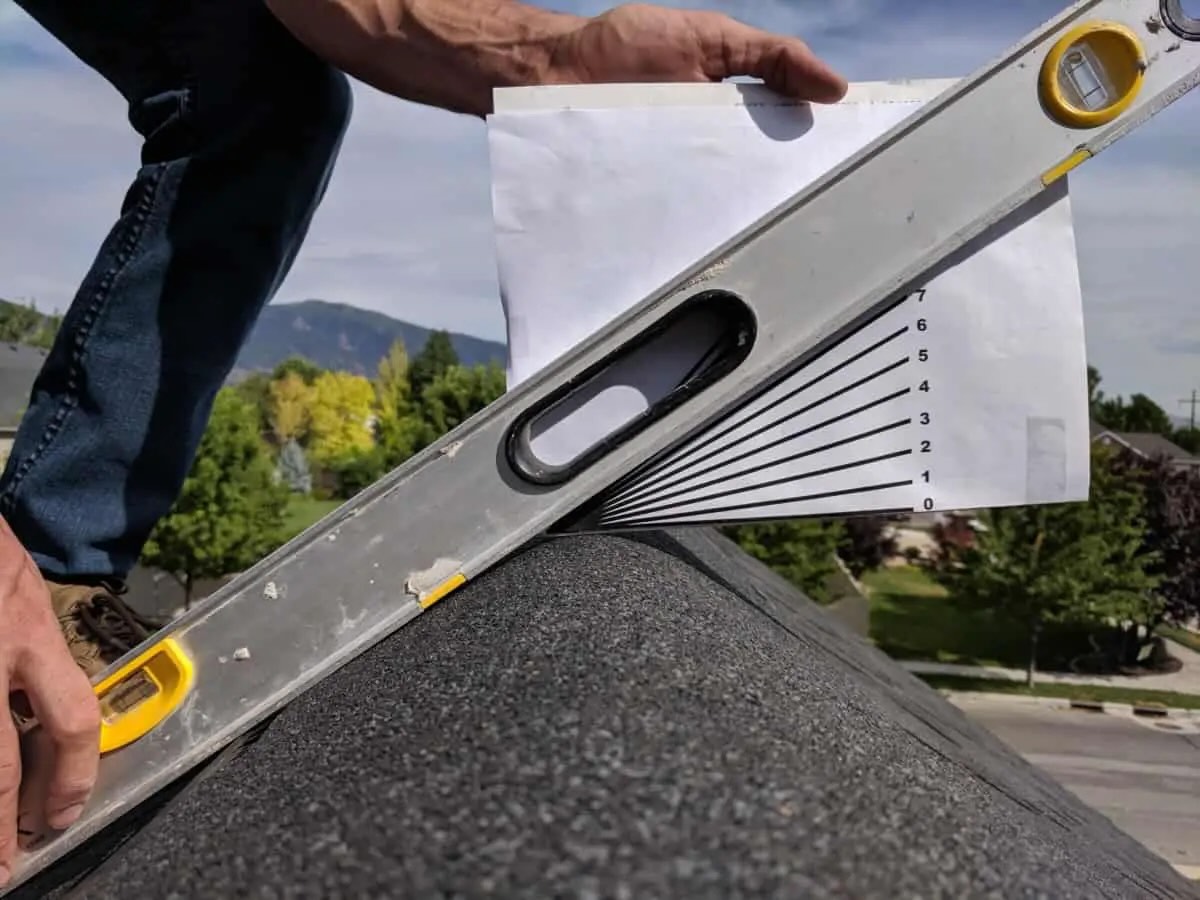
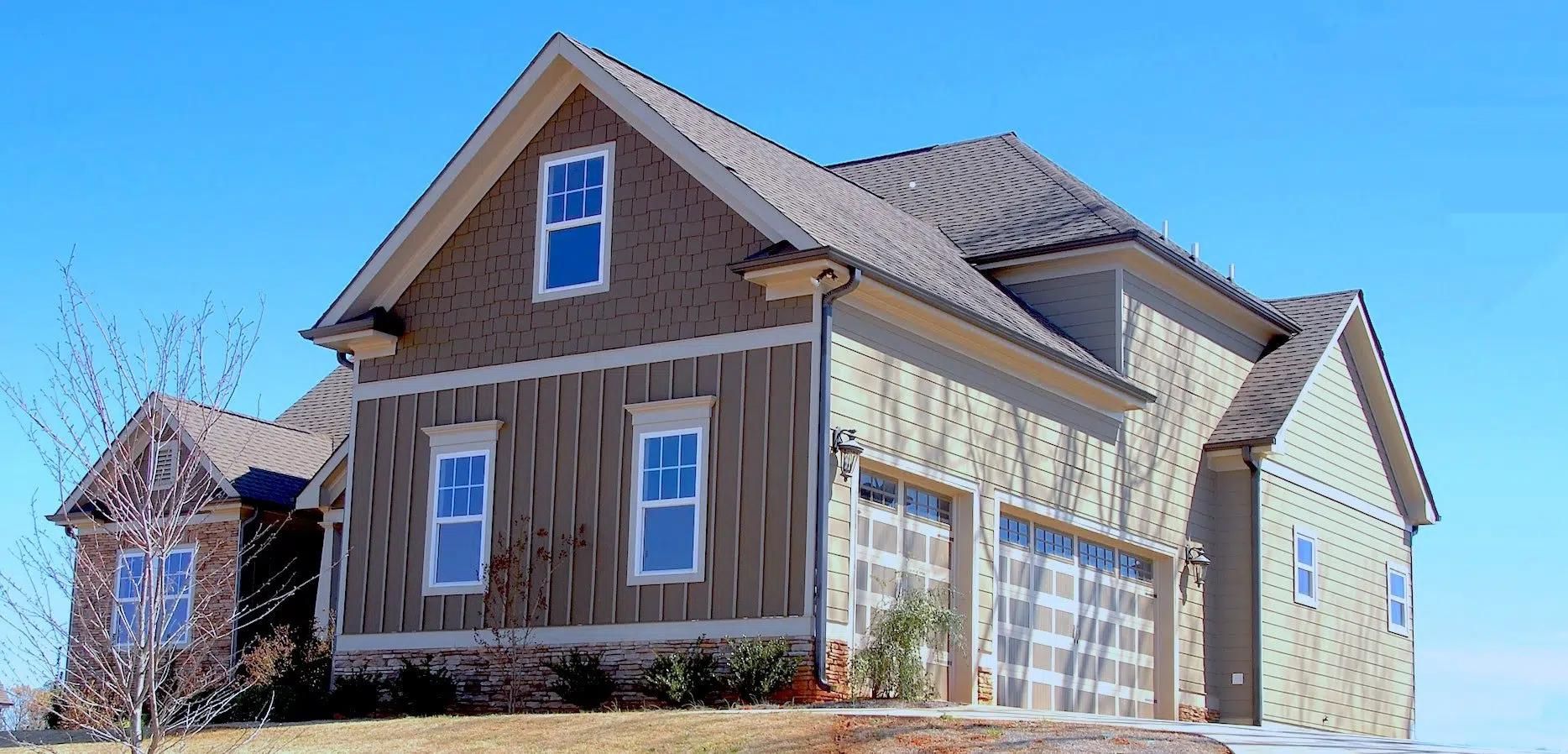
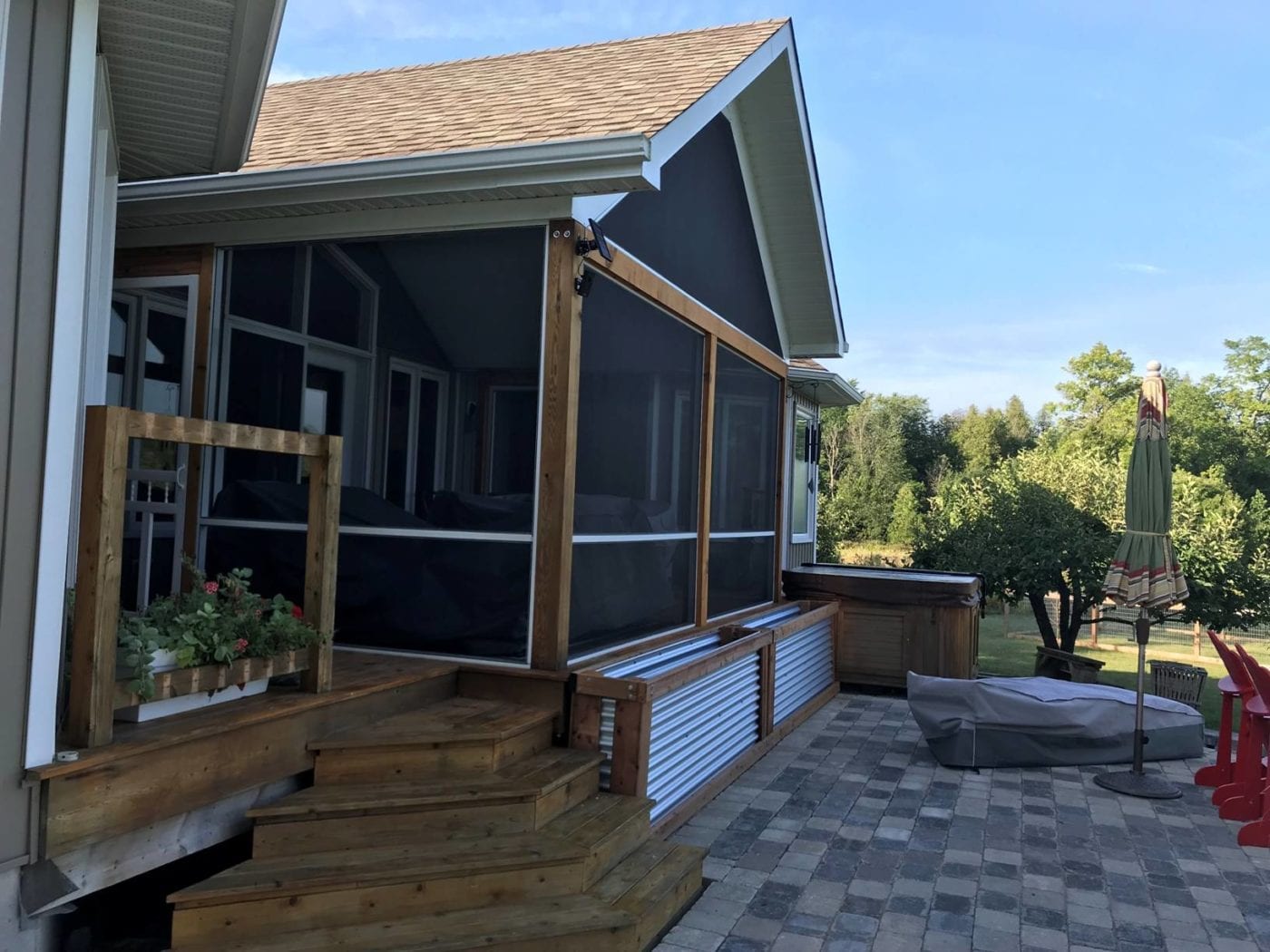
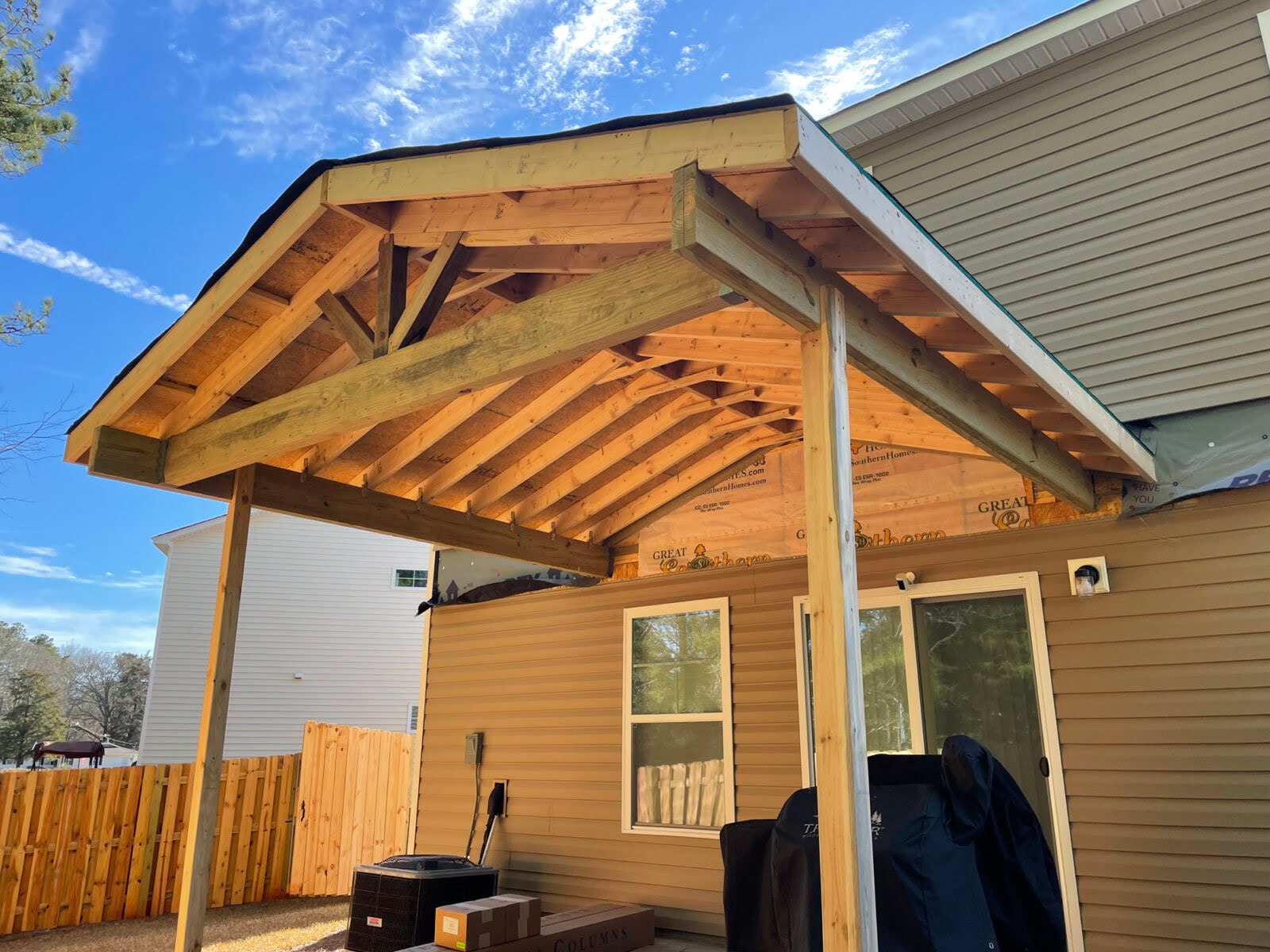
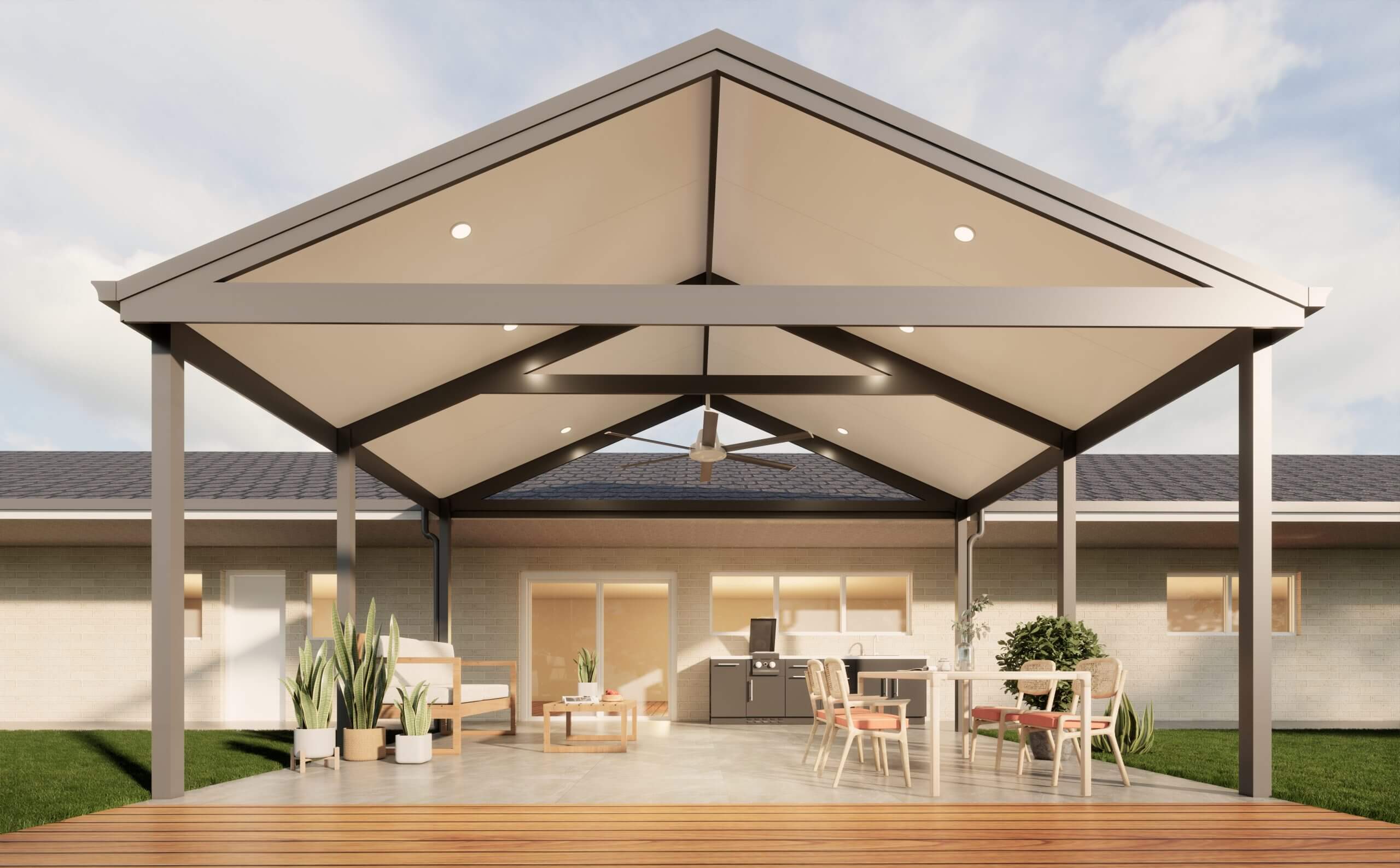
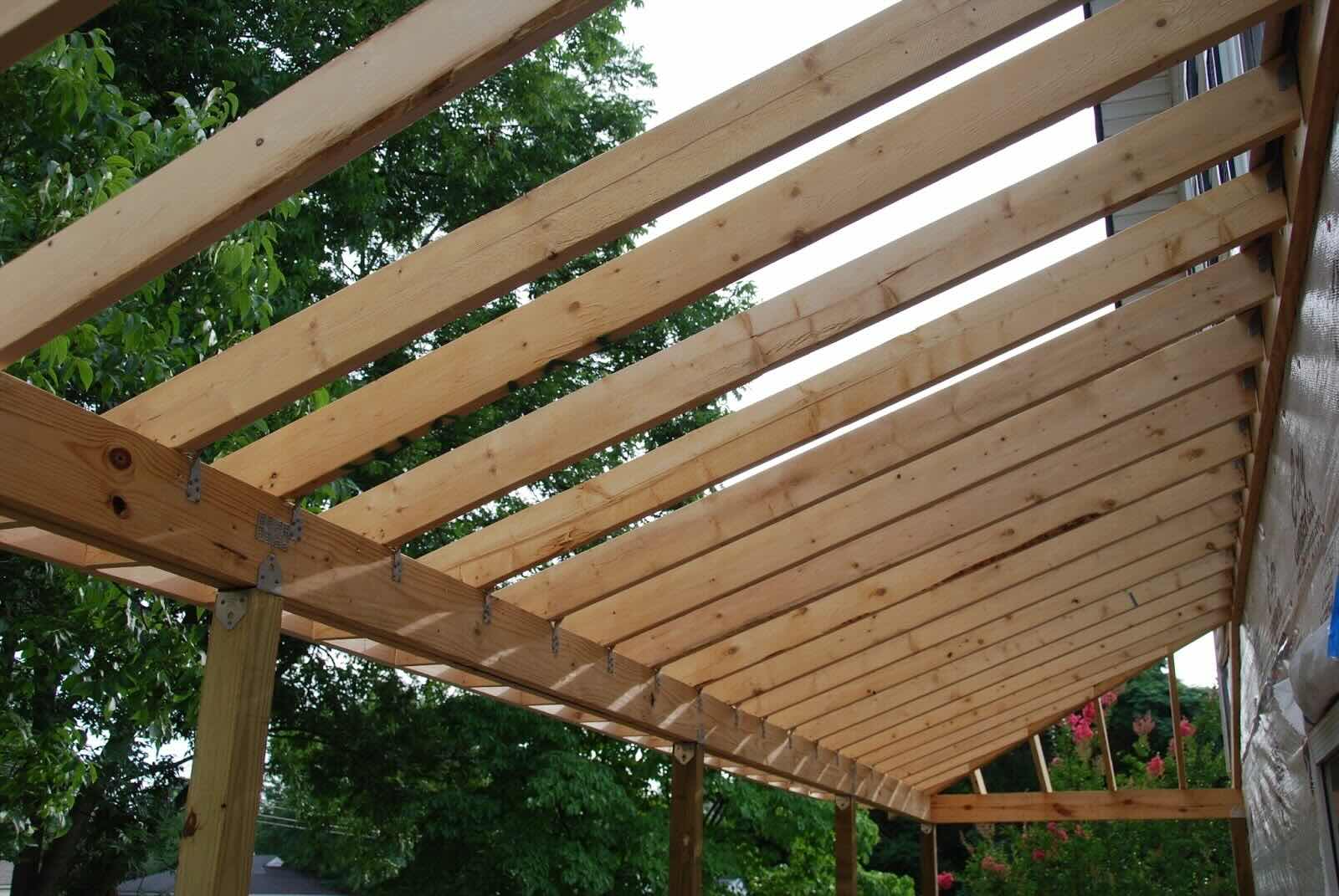

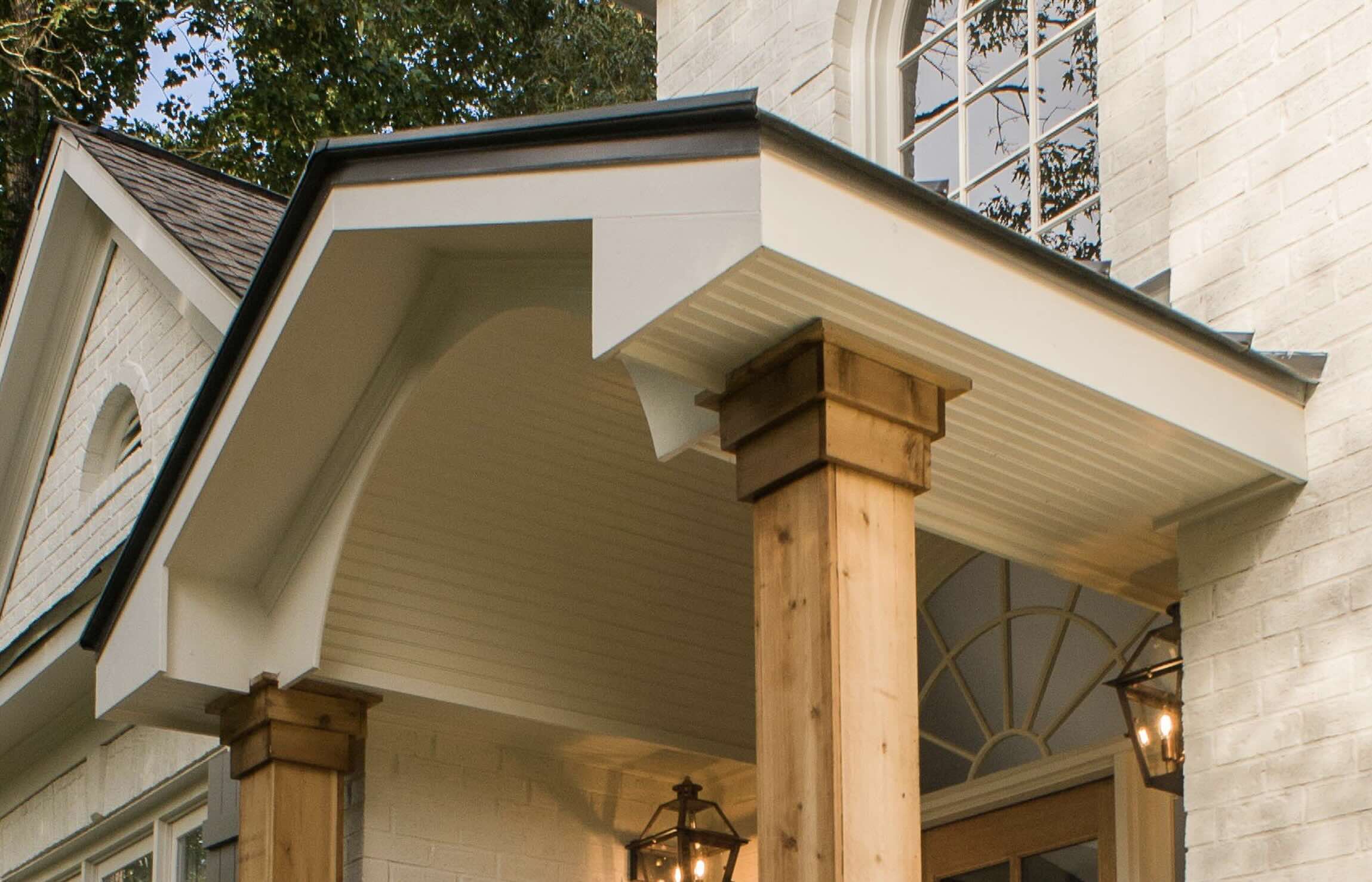
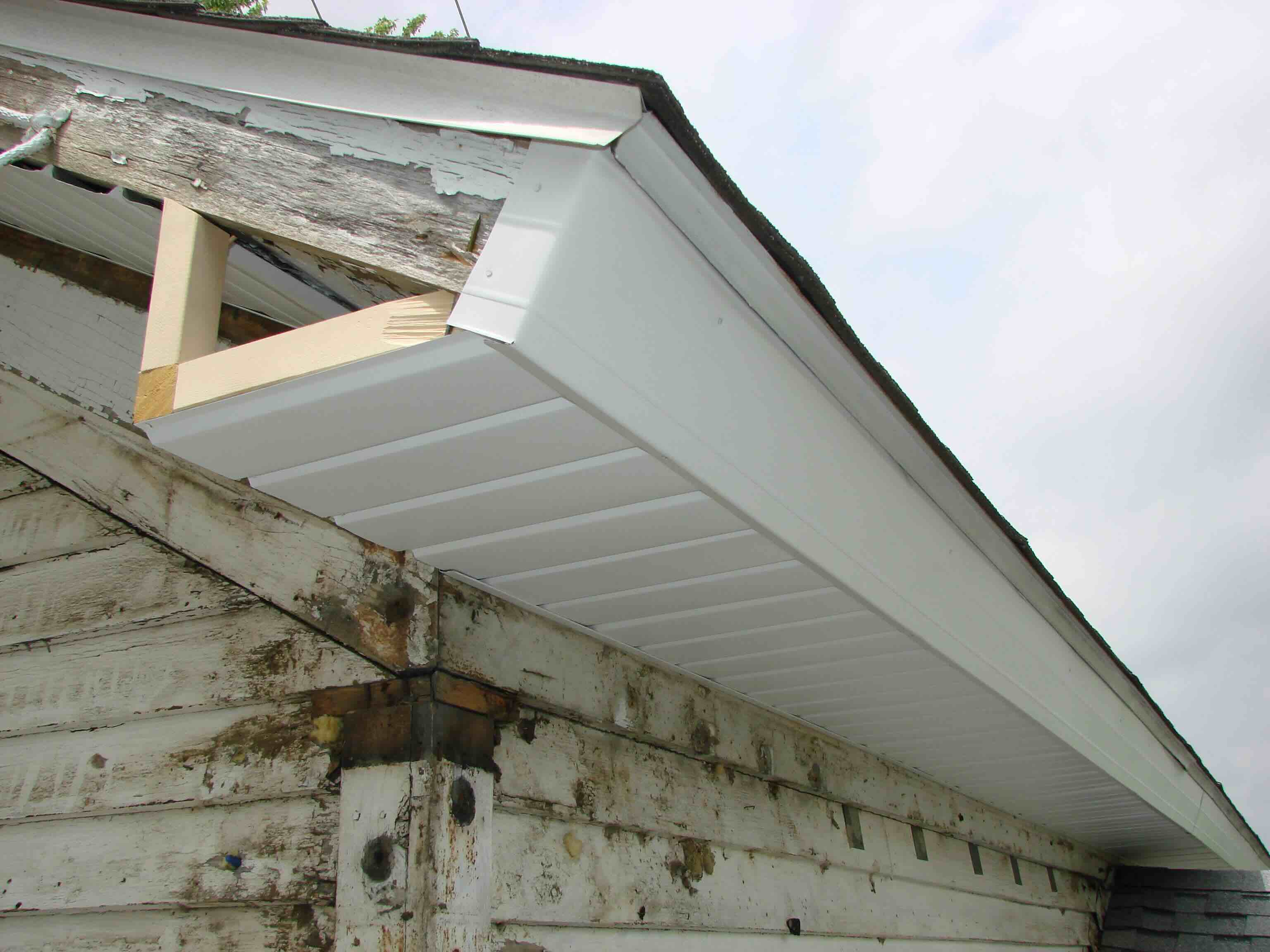
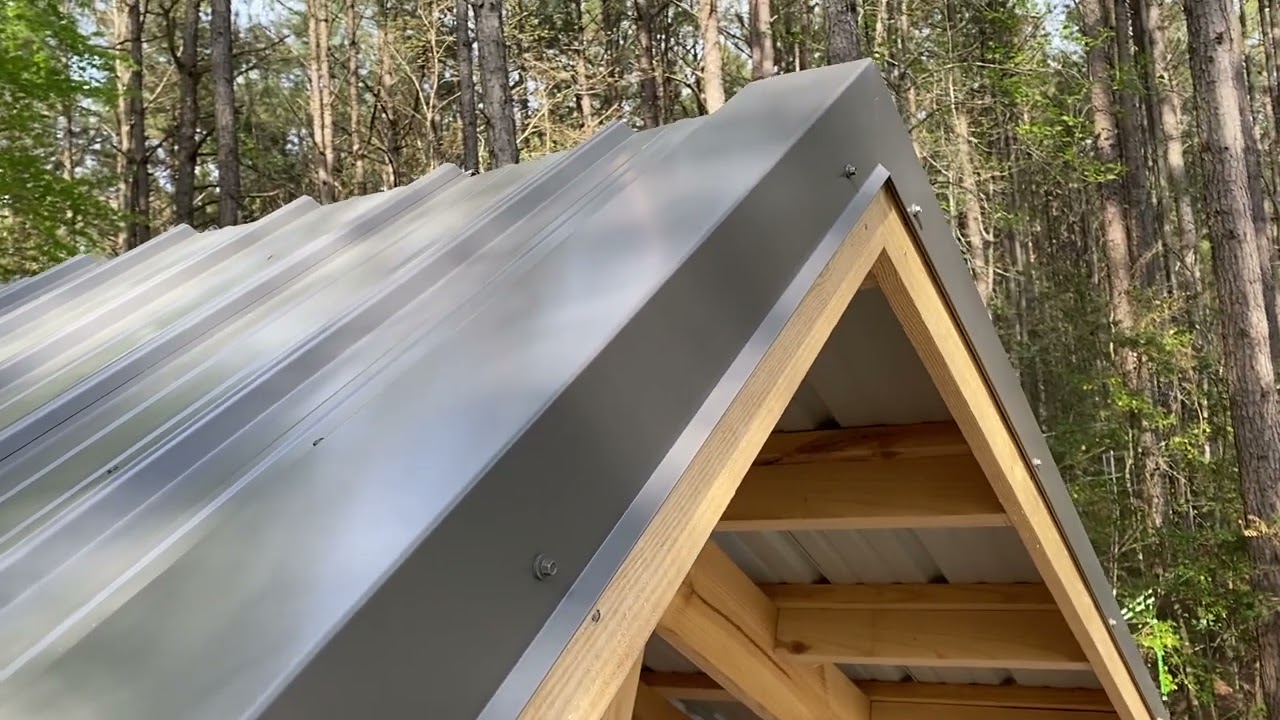

0 thoughts on “What Is A Gable On A Roof?”